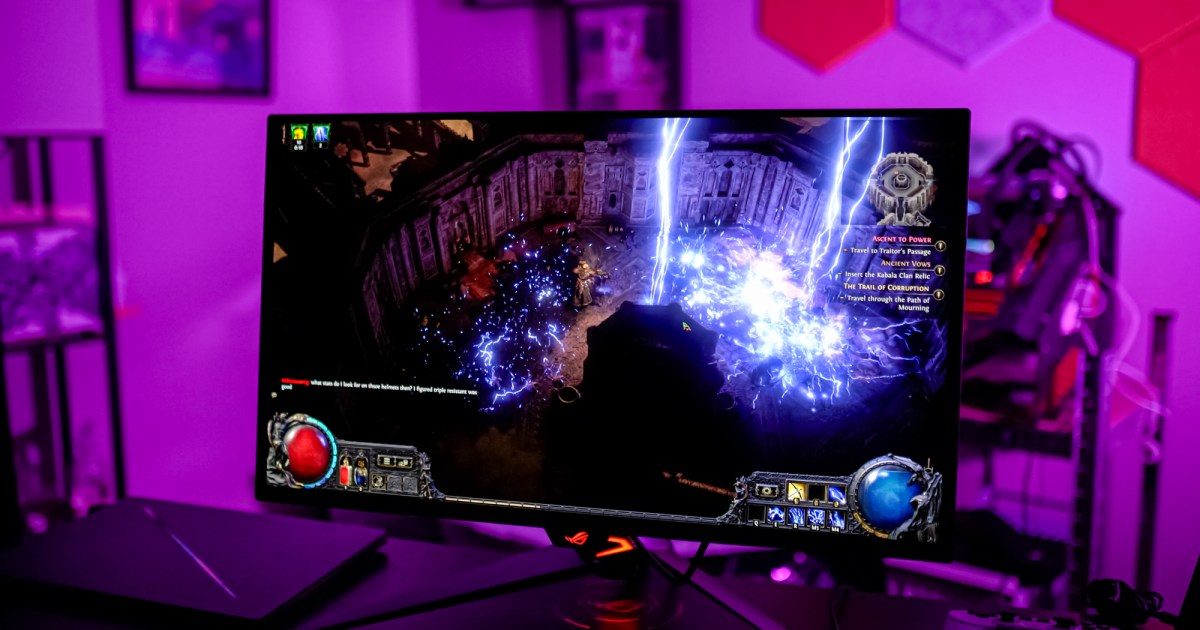OLED gaming monitors are renowned for their stunning visuals and deep blacks, but they’ve often been criticized for their lower brightness compared to other display technologies. This limitation looks set to change dramatically with the introduction of a new VESA DisplayHDR standard poised to significantly boost HDR performance in the next generation of OLED gaming monitors.
Just before CES 2025, VESA unveiled DisplayHDR True Black 1000, a new tier within its DisplayHDR standard. This certification specifically targets the brightness capabilities of OLED monitors. Current OLED gaming monitors, such as the MSI MPG 321URX and Alienware 27 QD-OLED, typically hold DisplayHDR True Black 400 certification. This level, designed for OLED and high-end mini-LED displays, signifies near-perfect black levels, achieving 0.0005 nits with a checkboard pattern according to VESA’s specifications. The new standard elevates expectations by demanding higher brightness while maintaining these impressive black levels.
DisplayHDR True Black 1000, as the name implies, certifies monitors capable of reaching 1,000 nits of peak brightness. However, VESA’s definition of peak brightness differs from typical manufacturer specifications. For example, a modern OLED monitor like the HP Omen Transcend 32 might achieve 1,000 nits, but only across 1% of the screen. Expanding the measured area to 10% reduces the achievable brightness to around 500 nits.
The new standard imposes stricter brightness requirements. Monitors must maintain at least 1,000 nits with 2% of the screen illuminated. Furthermore, they need to sustain 500 nits across the entire screen, both in short bursts and during extended stress tests. In contrast, DisplayHDR True Black 400 only requires around 250 nits for full-screen brightness.
Currently, no monitors utilize the DisplayHDR True Black 1000 standard, but this is likely to change with the announcements expected at CES 2025. Along with this new DisplayHDR standard, VESA also announced ClearMR 21000, a certification for motion clarity in monitors. LG has already declared its new UltraGear OLED 27GX790A as the first monitor to achieve this certification, and we anticipate its showcase alongside LG’s 5K2K OLED display at the upcoming event.
The introduction of DisplayHDR True Black 1000 marks a significant advancement for OLED gaming monitors. By combining exceptional black levels with increased brightness, these new displays promise a more immersive and impactful HDR experience, setting a new benchmark for visual fidelity in gaming.











